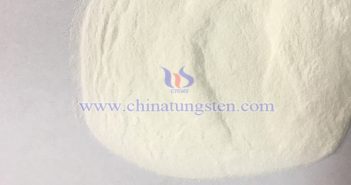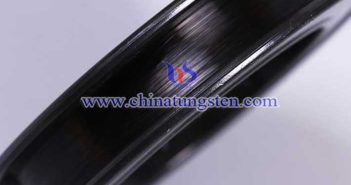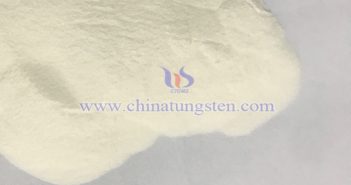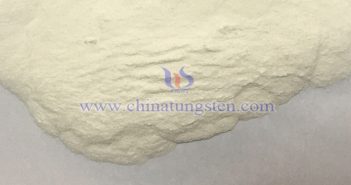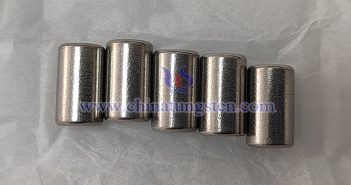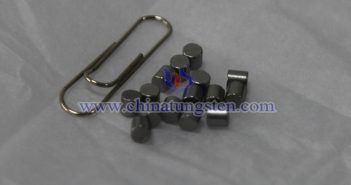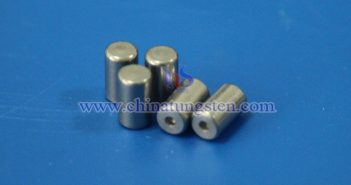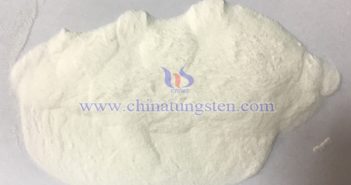
The thermal decomposition process of ammonium metatungstate (AMT) is a complex, multi-stage reaction involving the removal of crystal water, structural phase transitions, and the eventual formation of tungsten oxide. Specifically, the thermal decomposition of AMT can be divided into the following stages: I. Low-Temperature Crystal Water Removal Stage AMT crystals contain crystal water molecules, the content of which varies depending on the preparation method. In this stage, AMT gradually releases crystal water, forming an anhydrous AMT intermediate. Thermogravimetric (TG) curves…

